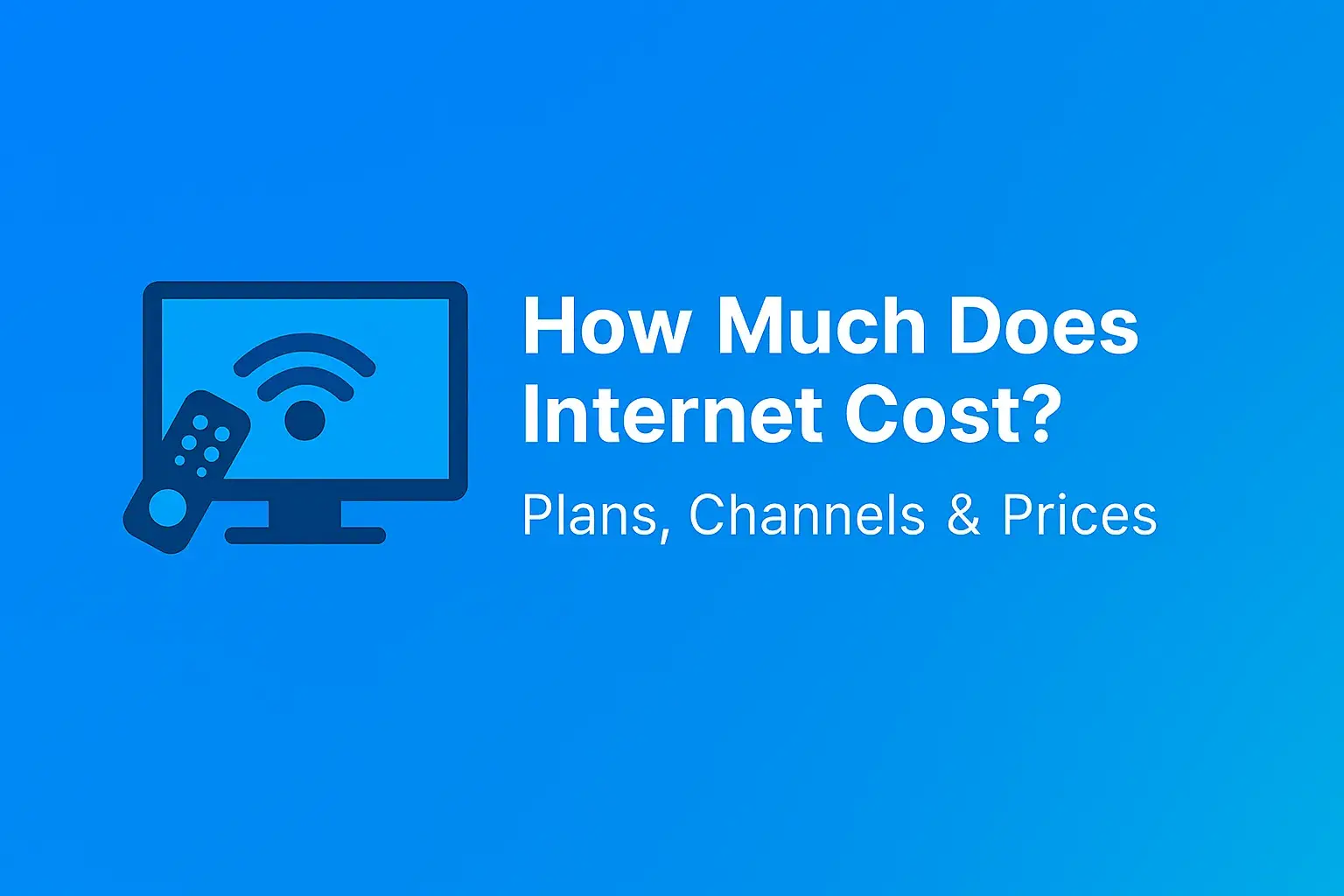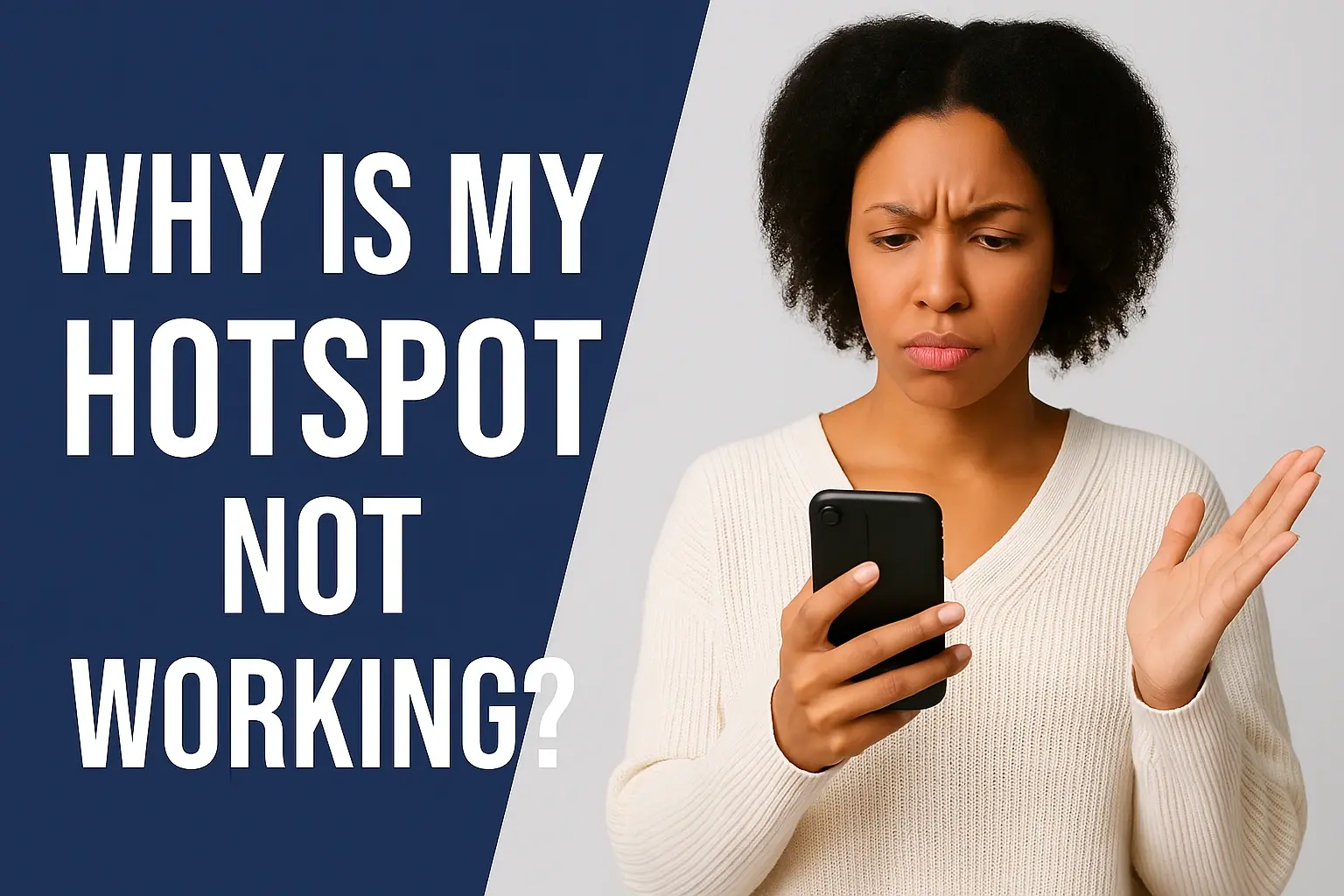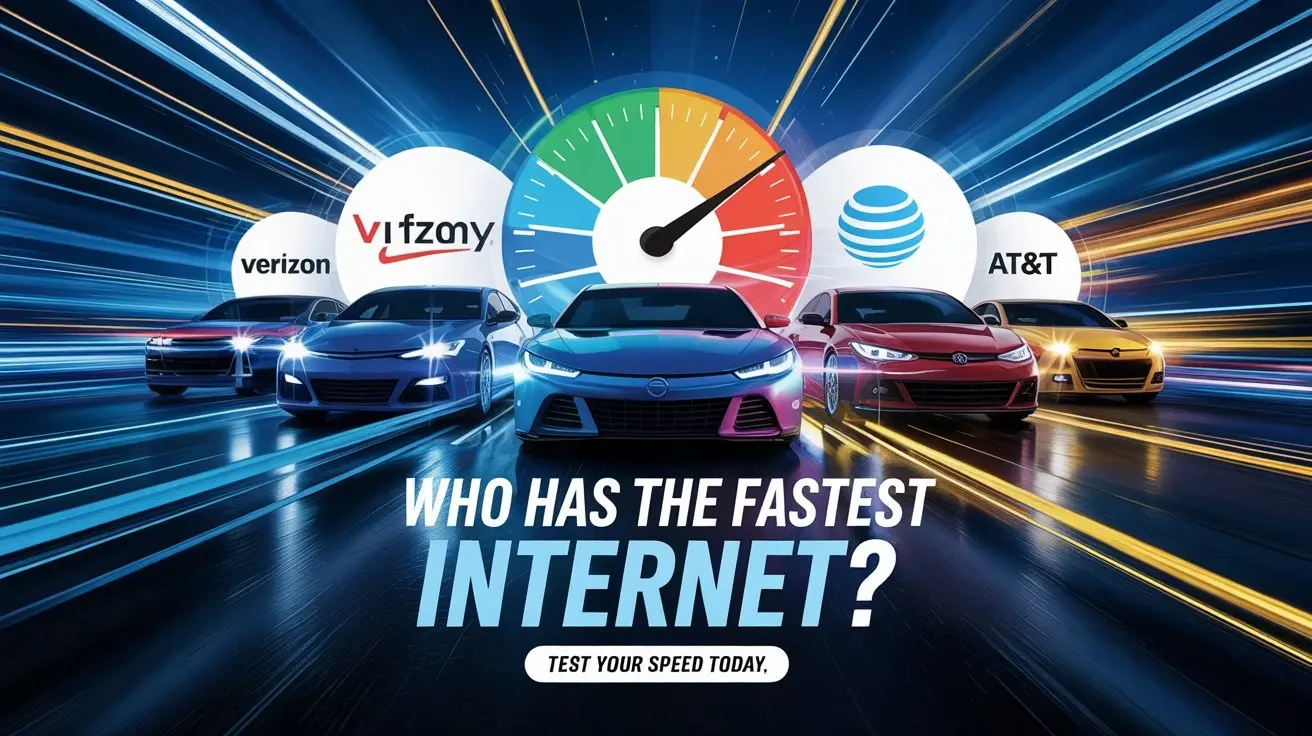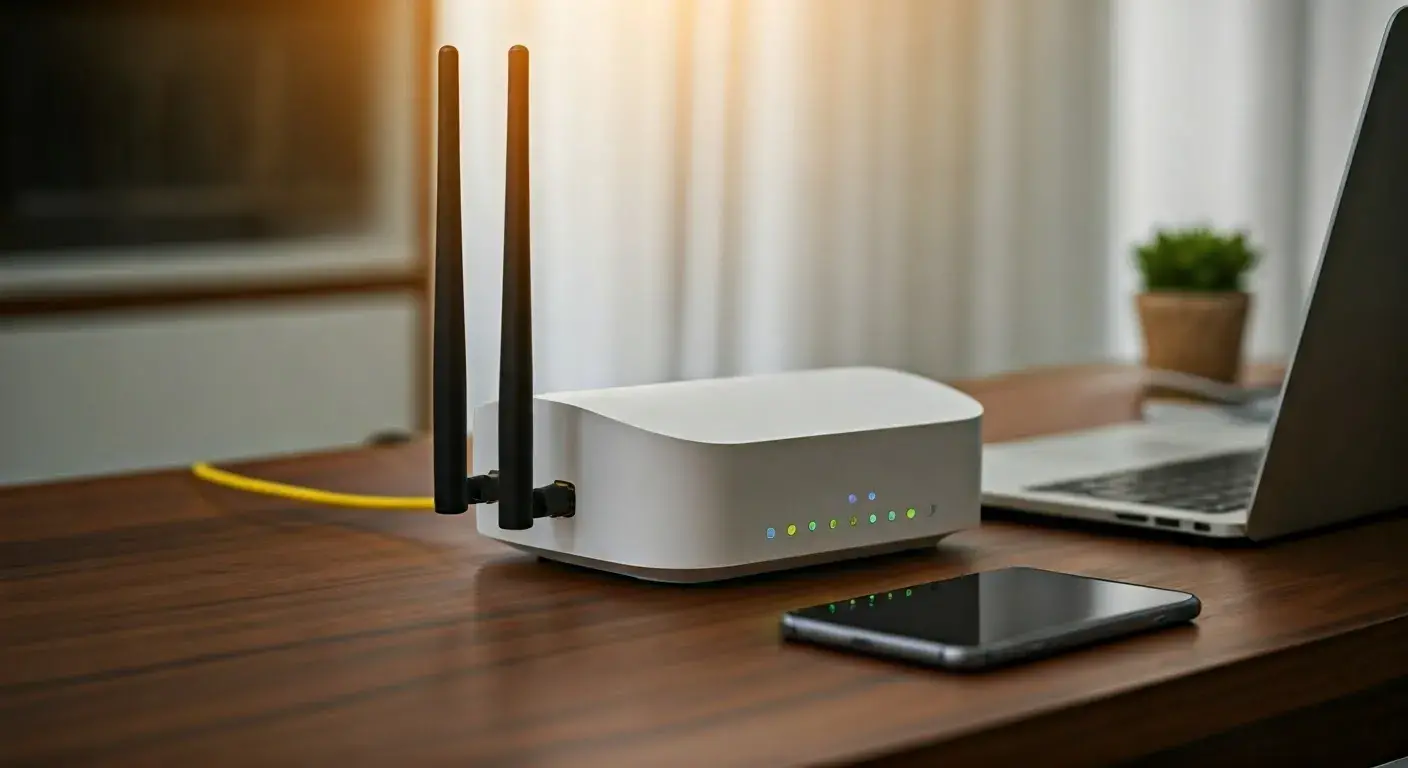Affordable Connectivity Program : Bridging the Digital Divide
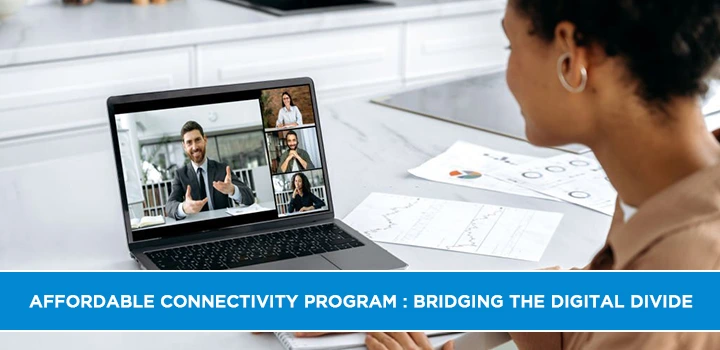
The Affordable Connectivity Program (ACP) is a vital government initiative designed to make internet access more attainable for low-income households. By offering discounts on monthly broadband bills and devices, the ACP actively works to bridge the persistent digital divide, ensuring more Americans can participate fully in our increasingly connected world.
What is the Affordable Connectivity Program (ACP)?
The Affordable Connectivity Program, often referred to as the ACP, is a landmark initiative established by the Federal Communications Commission (FCC) under the authority of the Consolidated Appropriations Act of 2021. It builds upon the legacy of previous federal broadband affordability efforts, most notably the Emergency Broadband Benefit (EBB) program, which provided crucial support during the COVID-19 pandemic. The ACP, however, is designed as a long-term, sustainable solution to address the persistent issue of high-speed internet costs being a barrier for many American households. Its primary objective is to ensure that eligible low-income consumers can afford the broadband service and internet-connected devices necessary for work, education, healthcare, and civic engagement in the 21st century. The program provides a discount of up to $30 per month on internet service for eligible households, and up to $75 per month for those residing on Tribal lands. Additionally, eligible households can receive a one-time discount of up to $100 for a laptop, desktop computer, or tablet purchased through participating internet service providers.
The ACP is not merely a subsidy; it represents a fundamental shift in recognizing internet access as a utility essential for modern life. By making broadband more affordable, the program aims to foster greater digital inclusion, reduce the digital divide, and empower individuals and communities that have historically been underserved or unserved by reliable and affordable internet. This involves not only reducing the monthly cost of service but also facilitating access to the devices needed to utilize that service effectively. The program's success hinges on its accessibility, clarity, and the active participation of both consumers and internet service providers.
Why is Internet Access Crucial in 2025?
In 2025, reliable and affordable internet access is no longer a luxury; it is an indispensable utility, akin to electricity and running water. The digital landscape has evolved dramatically, embedding internet connectivity into the very fabric of daily life. For individuals and families, the internet is the gateway to a multitude of essential services and opportunities. Education has been profoundly transformed, with online learning platforms, virtual classrooms, and digital research tools becoming commonplace. Students without reliable internet access are at a significant disadvantage, unable to complete homework assignments, participate in remote learning, or access educational resources that are increasingly delivered online. The ACP directly addresses this by ensuring that students from low-income households can stay connected and keep pace with their peers.
The realm of employment has also seen a seismic shift. Remote work, once a niche arrangement, has become a mainstream option for many professions. Job searching, application processes, and even interviews are frequently conducted online. For those seeking employment or looking to upskill, internet access is paramount. The ACP empowers individuals to search for jobs, apply for positions, participate in online training programs, and connect with potential employers, thereby enhancing their economic mobility. Furthermore, the healthcare sector increasingly relies on digital platforms. Telehealth appointments, online prescription refills, and access to health information are becoming standard. Individuals without internet access may face barriers to receiving timely medical care, especially in rural or underserved areas. The ACP helps bridge this gap, allowing more people to benefit from the convenience and accessibility of telehealth services.
Beyond education, employment, and healthcare, the internet is the primary conduit for civic engagement and access to government services. Information about elections, public services, and community resources is predominantly disseminated online. Participating in online town halls, accessing government forms, and staying informed about local and national issues all require internet connectivity. Social connection is another critical aspect. In an era where families and friends may be geographically dispersed, the internet provides vital tools for communication through social media, video calls, and messaging apps. For seniors and individuals with mobility issues, online connectivity can be a lifeline, combating isolation and fostering a sense of community. The ACP's mission to provide affordable internet access is therefore directly linked to promoting social equity, economic opportunity, and full participation in society for all Americans.
Digital Literacy and Skill Development
The increasing reliance on digital tools necessitates a corresponding increase in digital literacy. The ACP not only provides access but also implicitly encourages the development of these essential skills. With internet access, individuals can readily find online tutorials, courses, and resources to learn new software, navigate complex websites, and understand cybersecurity best practices. This continuous learning is vital for adapting to the evolving technological landscape and maintaining relevance in the job market. Without access, the opportunity to acquire these skills is severely limited, perpetuating a cycle of digital exclusion.
Economic Participation
The ability to engage in e-commerce, manage personal finances online, and access digital marketplaces is crucial for economic participation. Small businesses and entrepreneurs can leverage the internet to reach wider customer bases and manage operations more efficiently. For consumers, online shopping offers greater choice and competitive pricing. The ACP ensures that low-income households are not excluded from these economic opportunities, allowing them to benefit from cost savings and access a broader range of goods and services.
Access to Information and News
In today's information-driven society, access to reliable news and information is fundamental for informed decision-making. The internet provides a vast repository of knowledge, from current events to scientific research. The ACP helps ensure that all citizens, regardless of their income level, can stay informed about local, national, and global affairs, fostering a more engaged and knowledgeable populace. This is particularly important for understanding public policy and participating in democratic processes.
Understanding ACP Eligibility Criteria
To qualify for the Affordable Connectivity Program, households must meet specific income-based or program-based criteria. These guidelines are designed to target assistance to those most in need of affordable internet access. The program aims to be inclusive, recognizing various pathways to demonstrate financial hardship. Understanding these requirements is the first step for any household considering applying for the ACP benefit.
Income-Based Eligibility
Households are eligible if their income is at or below 200% of the Federal Poverty Guidelines. The Federal Poverty Guidelines are issued annually by the Department of Health and Human Services, and the specific income thresholds vary based on the size of the household and the state in which they reside. For instance, in 2025, a single-person household in the contiguous United States might have an income limit of approximately $29,160, while a family of four might have a limit around $60,000. These figures are adjusted annually, so it's crucial to consult the latest guidelines provided by the FCC or the ACP website for the most accurate information relevant to your specific situation. Applicants will typically need to provide proof of income, such as recent pay stubs, tax returns, or a letter from an employer.
Program-Based Eligibility
In addition to income, participation in certain federal assistance programs automatically qualifies a household for the ACP. This ensures that individuals and families already receiving support for basic needs are also recognized as needing assistance with internet connectivity. These qualifying programs include:
- The Supplemental Nutrition Assistance Program (SNAP)
- Medicaid
- Supplemental Security Income (SSI)
- Federal Public Housing Assistance (FPHA)
- Veterans Pension and Survivors Benefit
- Certain Tribal assistance programs, such as the Bureau of Indian Affairs General Assistance, the Food Distribution Program on Indian Reservations, and Tribal TANF
- The National School Lunch Program (NSLP) and the School Breakfast Program (SBP)
- Lifeline enrollment (if currently enrolled in Lifeline, you are automatically eligible for ACP)
Applicants participating in these programs will need to provide proof of enrollment, such as an official letter or benefit statement from the relevant agency.
Documentation Requirements
Regardless of the eligibility pathway, applicants will need to provide supporting documentation. This may include:
- Proof of income (e.g., recent tax return, W-2, pay stubs, Social Security statement)
- Proof of participation in a qualifying program (e.g., official letter from the program administrator, benefit award letter)
- Proof of identity and address (e.g., driver's license, state ID, utility bill)
It is essential to have these documents readily available when applying to streamline the process. The ACP application portal provides detailed instructions on the types of documentation accepted.
How to Apply for the Affordable Connectivity Program
Applying for the Affordable Connectivity Program is a straightforward process designed to be accessible to a wide range of users. The FCC has established multiple avenues for application, catering to different preferences and levels of digital access. The key is to gather the necessary information and choose the method that best suits your circumstances. The program aims to remove barriers, so don't be discouraged if you're not highly tech-savvy; assistance is available.
Online Application
The most common and often fastest method is to apply online through the official ACP website. The website, affordableconnectivity.gov, provides a user-friendly portal where you can create an account, fill out the application form, and upload your supporting documents. The online system guides you through each step, asking for personal information, household details, and your chosen method of eligibility verification. It is recommended to have all your required documents ready before starting the online application to ensure a smooth and efficient submission.
Mail-In Application
For individuals who prefer not to apply online or lack consistent internet access, a paper application form is available for download from the ACP website or can be requested by phone. The completed application, along with copies of your supporting documentation, can then be mailed to the ACP processing center. The mailing address is provided on the application form itself. While this method is perfectly valid, it may take longer to process compared to the online application due to mail delivery times and manual processing.
Through an Internet Service Provider (ISP)
Many participating internet service providers (ISPs) have integrated the ACP application process into their own sign-up procedures. If you are applying for a new internet service plan or switching to a provider that participates in the ACP, you can often apply for the benefit directly through them. Your chosen ISP can guide you through the eligibility requirements and assist you in completing the necessary paperwork. This can be a convenient option, as the ISP will handle the submission of your application to the ACP administrator and then apply the discount to your monthly bill if approved. It's advisable to confirm with your ISP whether they offer this assistance and what documentation they will require from you.
Phone Support
If you encounter difficulties with the online or mail-in application, or if you have questions about eligibility or the process, you can contact the ACP Support Center by phone. The support center can provide assistance in multiple languages and can help you navigate the application process over the phone, including taking your application details. The dedicated ACP support line is available to help consumers understand and access the program's benefits.
What Happens After Applying?
Once your application is submitted, it will be reviewed by the ACP administrator. If approved, you will receive a notification confirming your eligibility. You will then need to select a participating internet service provider and inform them that you are an ACP-eligible consumer. They will apply the monthly discount to your bill. If you are applying through an ISP, they will manage this process for you. It's important to note that the ACP benefit is tied to the household, not the individual, and can only be applied to one internet service at a time.
The Tangible Benefits of the ACP
The Affordable Connectivity Program offers a suite of benefits designed to significantly reduce the financial burden of internet access and improve digital inclusion for eligible households. These benefits extend beyond just a monthly discount, encompassing device support and access to affordable, high-speed internet service. By leveraging the ACP, families can unlock new opportunities and participate more fully in the digital world.
Monthly Discount on Internet Service
The core benefit of the ACP is a discount of up to $30 per month on broadband internet service for eligible households. For those living on Tribal lands, this discount is increased to up to $75 per month. This significant reduction in monthly expenses makes internet service much more affordable, allowing families to choose plans that meet their needs without stretching their budgets. For many, this discount can mean the difference between having internet access and not having it at all, or upgrading from a slow, unreliable connection to a faster, more stable one.
Discount on Internet-Connected Devices
Beyond the monthly service discount, the ACP also provides a one-time discount of up to $100 for a laptop, desktop computer, or tablet. This benefit is available to eligible households when they purchase a device from a participating internet service provider. This is a critical component of the program, as it addresses the "device gap" – the lack of necessary hardware that can prevent individuals from utilizing internet access effectively. Having access to a reliable computer or tablet opens up a world of possibilities for education, job searching, and accessing essential services.
Access to Affordable Broadband Plans
Participating internet service providers are required to offer at least one broadband plan that is eligible for the ACP discount and costs $30 per month or less (or $75 or less on Tribal lands). This ensures that even the most budget-conscious households can find a service plan that fits within their monthly discount. These plans typically offer sufficient speeds and data for everyday use, including browsing, email, video streaming, and online learning. This provision guarantees that the ACP discount translates into actual, usable internet service for everyone.
Digital Inclusion and Opportunity
Ultimately, the most profound benefit of the ACP is its role in fostering digital inclusion. By removing financial barriers, the program empowers individuals and families to access the resources and opportunities that are increasingly mediated by the internet. This includes educational resources for students, remote work opportunities for adults, telehealth services for all ages, and access to vital government and community information. The ACP helps to level the playing field, ensuring that low-income households are not left behind in our increasingly digital society, promoting greater equity and economic mobility.
ACP vs. Other Internet Assistance Programs
The Affordable Connectivity Program (ACP) is a significant federal initiative, but it's helpful to understand how it compares to other programs that aim to make internet access more affordable. While the ACP is the most comprehensive federal program currently available for general broadband affordability, other initiatives may exist at state or local levels, or specific programs might target particular needs.
Emergency Broadband Benefit (EBB)
The ACP is the successor to the Emergency Broadband Benefit (EBB) program, which was established in response to the COVID-19 pandemic. The EBB provided a similar monthly discount on internet service and a one-time device discount. The ACP builds upon the EBB's success by making these affordability measures a permanent fixture, offering a long-term solution rather than a temporary emergency measure. While the benefits are largely similar, the ACP has a more established framework and is designed for ongoing sustainability. Households that were enrolled in the EBB program were automatically transitioned to the ACP, provided they met the updated eligibility criteria.
Lifeline Program
Lifeline is another long-standing federal program administered by the FCC that provides a discount on monthly telephone service or broadband internet access for low-income consumers. While both Lifeline and ACP aim to make essential communication services affordable, they have different eligibility requirements and offer distinct benefits. Lifeline provides a discount of up to $9.25 per month for phone or internet service (or $34.25 for eligible residents of Tribal lands). Importantly, enrollment in Lifeline automatically qualifies a household for the ACP, simplifying the process for those already receiving Lifeline benefits. The ACP, with its higher monthly discount ($30/$75) and device subsidy, offers a more substantial benefit for broadband access.
State and Local Initiatives
In addition to federal programs, many states and local municipalities have implemented their own initiatives to expand broadband access and affordability. These can range from infrastructure development projects to local subsidy programs for internet service. The ACP is designed to complement these efforts. Households may be able to combine ACP benefits with other local programs, though it's essential to check the specific rules and regulations of each program to ensure compatibility. For example, a state might offer a separate discount on internet equipment or provide digital literacy training that can be used in conjunction with ACP-supported internet access.
Comparative Table of Benefits
Here is a simplified comparison of the primary federal programs:
| Program | Monthly Service Discount | Device Discount | Primary Focus |
|---|---|---|---|
| Affordable Connectivity Program (ACP) | Up to $30 ($75 on Tribal lands) | Up to $100 for laptop, desktop, or tablet | Broadband internet access and devices |
| Lifeline Program | Up to $9.25 ($34.25 on Tribal lands) | None | Telephone or broadband internet access |
| Emergency Broadband Benefit (EBB) | Up to $50 ($92.25 on Tribal lands) | Up to $100 for laptop, desktop, or tablet | Temporary broadband assistance during pandemic |
Understanding these distinctions helps eligible households choose the program that best suits their needs or combine benefits where possible. The ACP, due to its substantial discount and device subsidy, is often the most impactful program for those seeking to establish or upgrade their home internet service.
Challenges and the Future of the ACP
Despite its critical importance and widespread benefits, the Affordable Connectivity Program faces several challenges that impact its long-term sustainability and reach. Addressing these challenges is crucial for ensuring that the program can continue to bridge the digital divide effectively for years to come. The future of the ACP hinges on continued funding, effective outreach, and ongoing adaptation to the evolving digital landscape.
Funding Uncertainty
One of the most significant challenges facing the ACP is the uncertainty surrounding its long-term funding. While the program was established with initial funding, its continuation relies on ongoing appropriations from Congress. Fluctuations in legislative support can create instability, making it difficult for both consumers and internet service providers to plan for the future. As of early 2025, discussions about continued funding are ongoing, and the program's future beyond its current allocation remains a subject of debate. Advocates are working to secure sustained funding to ensure that the benefits of the ACP are not abruptly discontinued, which would disproportionately affect millions of low-income households.
Outreach and Awareness
While the ACP has gained significant traction, there are still millions of eligible households that are unaware of the program or do not fully understand how to apply. Effective outreach is essential to reach these underserved populations. This includes collaborating with community organizations, schools, libraries, and healthcare providers to spread awareness and provide assistance with the application process. Ensuring that information is accessible in multiple languages and formats is also critical. The digital divide itself can be a barrier to awareness, as those most in need may have limited internet access to learn about the program.
Provider Participation and Plan Availability
The success of the ACP is also dependent on the active participation of internet service providers (ISPs). While many ISPs offer ACP-eligible plans, the availability and quality of these plans can vary by region. In some areas, particularly rural or remote locations, there may be fewer participating providers or limited plan options. Ensuring robust competition and a wide range of affordable, high-speed plans across all service areas is vital. The FCC continues to work with providers to encourage participation and monitor the availability of eligible plans.
Program Integrity and Fraud Prevention
Like any large-scale government program, the ACP must maintain program integrity and prevent fraud. This involves implementing robust verification processes for eligibility and monitoring for any misuse of benefits. While the vast majority of ACP participants are legitimate and benefit from the program as intended, ensuring accountability is crucial for public trust and the efficient allocation of taxpayer funds. The FCC has measures in place to detect and address potential fraud, but ongoing vigilance is necessary.
The Evolving Digital Landscape
The definition of "essential" internet access continues to evolve. As technology advances, so do the demands placed on internet connectivity. The ACP must adapt to ensure that the services it subsidizes meet the current and future needs of households for education, employment, and healthcare. This may involve adjustments to speed requirements or data allowances for eligible plans over time. The program's ability to remain relevant in the face of technological change will be key to its long-term success.
Future Funding Advocacy
Advocacy groups, policymakers, and internet service providers are actively working to secure sustained federal funding for the ACP. The argument for continued investment is strong, emphasizing the program's proven impact on digital inclusion, economic opportunity, and educational equity. The potential consequences of the ACP ending – including a resurgence of the digital divide and increased financial hardship for millions – are a powerful motivator for securing its future. As of early 2025, legislative efforts are underway to ensure its continuation.
Maximizing Your ACP Benefit
To truly harness the power of the Affordable Connectivity Program, eligible households should consider strategies to maximize their benefit. This involves not just applying but also understanding the nuances of the program and how to leverage it for the greatest impact on their digital lives. Making informed choices can lead to better service, more affordable devices, and a more connected future.
Compare Internet Plans Carefully
Once you are approved for the ACP, don't just accept the first plan offered by your ISP. Take the time to compare the eligible plans from various participating providers in your area. Look at:
- Speed: Ensure the plan offers sufficient download and upload speeds for your household's needs. For streaming, online gaming, or multiple users, higher speeds are generally better.
- Data Caps: Check if the plan has data caps. Unlimited data plans are often preferable to avoid unexpected charges if you exceed your allowance.
- Additional Fees: Inquire about any installation fees, equipment rental fees, or other charges that might not be covered by the ACP discount.
- Contract Terms: Understand the contract length and any early termination fees.
By shopping around, you can often find a plan that offers a better combination of speed, data, and value than you might initially expect, all while staying within your ACP discount.
Consider the Device Discount
If you need a new laptop, desktop computer, or tablet, the $100 ACP device discount can be incredibly valuable. Don't overlook this opportunity. When you sign up for service with a participating ISP, ask them about their device offerings and how the $100 discount can be applied. This can significantly reduce the upfront cost of essential technology, making it more accessible for education, job searching, and staying connected.
Understand Your Eligibility for Other Programs
As discussed earlier, if you qualify for Lifeline or other federal assistance programs, you are likely eligible for the ACP. Ensure you have explored all avenues of eligibility. If you are already on Lifeline, your transition to ACP should be seamless. If you are eligible for multiple programs, understand how they might interact or if you can combine benefits, though typically one core internet subsidy can be applied per household.
Stay Informed About Program Updates
The ACP is a dynamic program. Rules, eligibility criteria, and available plans can change. It's important to stay informed about any updates or announcements from the FCC or your internet service provider. Regularly checking the official ACP website (affordableconnectivity.gov) is a good practice. This will help you ensure you are always receiving the maximum benefit you are entitled to and are aware of any new opportunities.
Use Your Internet Access Wisely
With affordable internet access, make it a priority to utilize it for opportunities that can improve your life. This includes:
- Education: Enroll in online courses, access educational resources for your children, or pursue certifications.
- Employment: Actively search for jobs, update your resume, and participate in virtual interviews.
- Healthcare: Utilize telehealth services for routine appointments and consultations.
- Financial Management: Manage your finances online, pay bills, and explore savings opportunities.
- Skill Development: Learn new skills through online tutorials and platforms.
The ACP provides the access; making the most of that access is up to you. By strategically using your internet connection, you can unlock significant personal and professional growth.
Conclusion
The Affordable Connectivity Program stands as a beacon of hope in the ongoing effort to bridge the digital divide, ensuring that essential internet access is not a privilege but a right accessible to all Americans. In 2025, the internet is intrinsically woven into the fabric of modern life, impacting education, employment, healthcare, and civic engagement. The ACP directly addresses the financial barriers that prevent millions of low-income households from participating fully in this digital world, offering a crucial monthly discount on service and a valuable subsidy for internet-connected devices. By simplifying eligibility, providing multiple application pathways, and fostering provider participation, the ACP has become a cornerstone of digital inclusion.
While challenges such as funding uncertainty and the need for continued outreach persist, the program's impact is undeniable. Millions of households have already benefited, experiencing enhanced educational opportunities for their children, expanded job prospects, and improved access to vital services. To maximize the ACP's benefits, eligible individuals are encouraged to compare plans diligently, leverage the device discount, and stay informed about program updates. The future of the ACP depends on sustained legislative support and ongoing commitment to its mission. By continuing to invest in and promote this vital program, we can move closer to a future where every American has the opportunity to thrive in our increasingly connected society, ensuring that no one is left behind on the wrong side of the digital divide.
